Scleroderma Renal Crisis Treatment
Scleroderma renal crisis treatment. While not an ideal means of preventing disease progression corticosteroids are useful. She responded well to rituximab in addition to prednisolone 25mgday. SSc renal crisis SRC causes severe hypertension and acute kidney injury and without treatment is often lethal.
Presentation Treatment and Prognosis Diffuse skin involvement. Renal transplantation is the last treatment option and its outcome is similar to that reported in other connective tissue disorders with a 5-year patient survival rate of about 82. Patients at risk of SRC should be followed closely and their blood pressure monitored at least weekly.
There is no evidence in scleroderma renal crisis that renal function can be spared or improved by minimizing ACEi dose. Scleroderma Renal Crisis Luc Mouthon Guillaume Bussone Alice Berezné Laure-Hélène Noël and Loïc Guillevin ABSTRACT. MCTD patients that are experiencing features of scleroderma should be continuously screened for SRC by the regular monitoring of blood pressure and renal functions 8 10.
Renal biopsy is not necessary if SRC presents with classical features. An estimated 66 of SSc patients develop SRC within 1 year of diagnosis increasing to 86. Scleroderma Renal Crisis.
The prognosis of SRC has dramatically improved thanks to the widespread use of a kind of blood. A 32 years old female with a progressive systemic sclerosis refractory to D-penicillamine treatment receiving cyclosporin presented a renal scleroderma crisis that was successfully treated with complete recovery of renal function. High-dose corticosteroid treatment more than 75 mg daily which is used to treat inflammation in.
Consequently ACEi therapy should be started as soon as scleroderma renal crisis is diagnosed 7 8 10. Dialysis is frequently indicated but can be stopped in about half of patients mainly those with good blood pressure control. Arthralgias can be treated with acetaminophen and nonsteroidal anti-inflammatory drugs.
Plasma-exchange seems to give some benefits in patients with SRC and microangiopathy or intolerant to ACE-inhibitors. Up to two-thirds of patients with scleroderma renal crisis may need dialysis.
Up to two-thirds of patients with scleroderma renal crisis may need dialysis.
The patient died in the course of this crisis. Scleroderma renal crisis is a severe complication of systemic sclerosis which causes arterial hypertension and acute renal failure. Scleroderma Renal Crisis. Early treatment of these patients with ACE inhibitors may improve prognosis. However it can help to define prognosis and guide treatment in atypical forms. Dialysis is the process of. Consequently ACEi therapy should be started as soon as scleroderma renal crisis is diagnosed 7 8 10. Arthralgias can be treated with acetaminophen and nonsteroidal anti-inflammatory drugs. The History of ACE Inhibitors in Scleroderma Renal Crisis.
Another study showed that diffuse systemic scleroderma patients with palpable tendon friction rubs had more than a two-fold risk of developing SRC compared to others. Scleroderma renal crisis during intravenous cyclophosphamide pulse therapy for complicated interstitial lung disease was successfully treated with angiotensin converting enzyme inhibitor and plasma exchange. Here we review the historic introduction of the angiotensin-converting enzyme inhibitors in this context and highlight management and key questions moving forward. Early treatment of these patients with ACE inhibitors may improve prognosis. The eventual goal is to reach the pre-SRC blood pressure but in the absence of hypertensive encephalopathy or cardiac decompensation a steady reduction in the blood pressure of around 10 per day is preferable to dropping it precipitously. Another study showed that diffuse systemic scleroderma patients with palpable tendon friction rubs had more than a two-fold risk of developing SRC compared to others. Renal biopsy is not necessary if SRC presents with classical features.

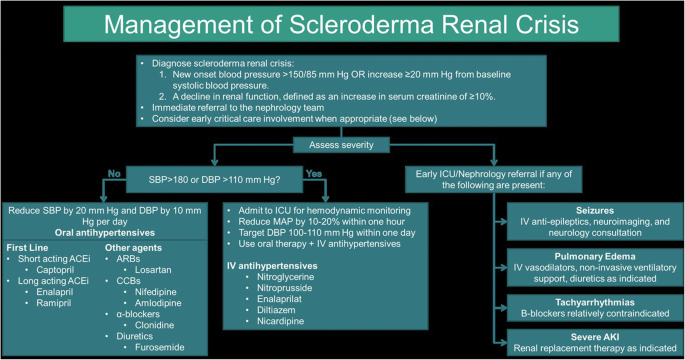
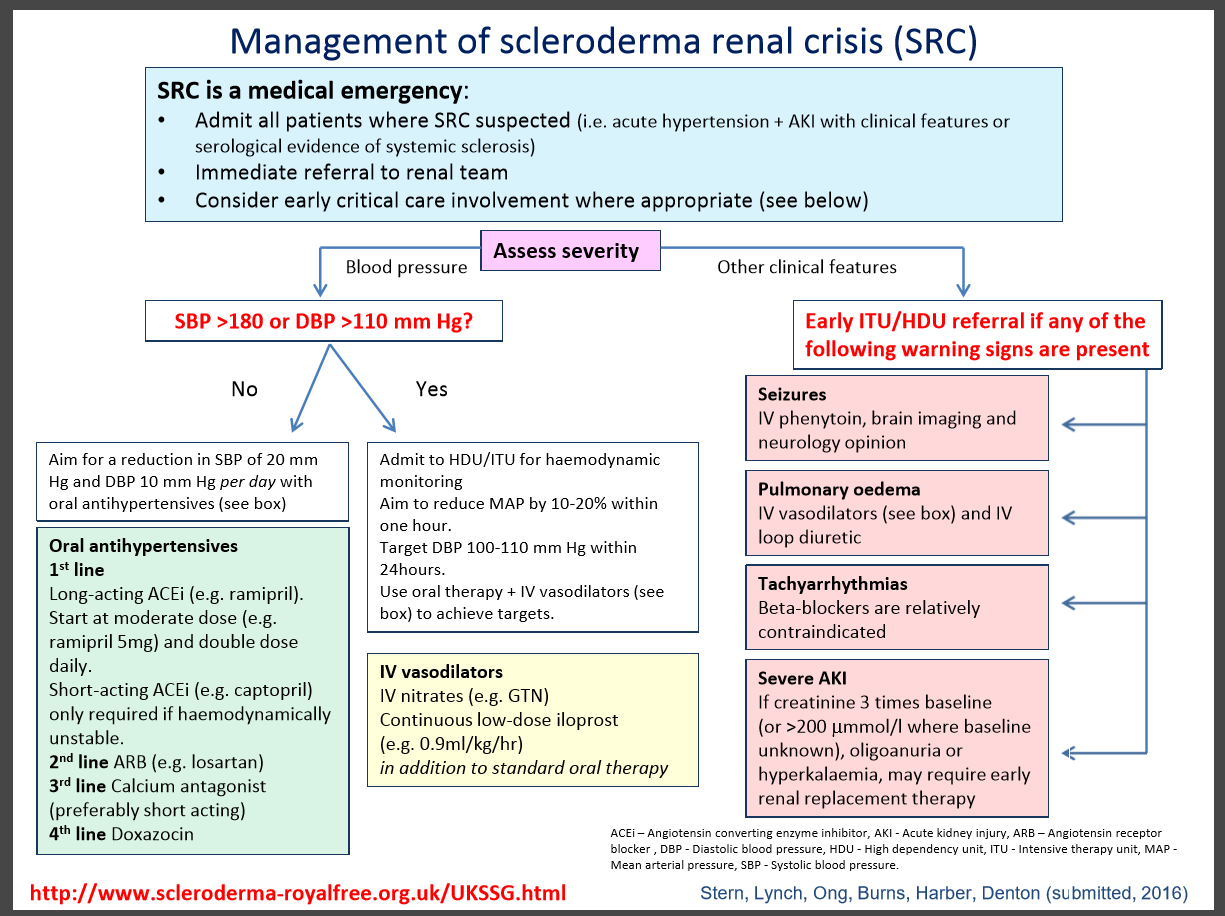
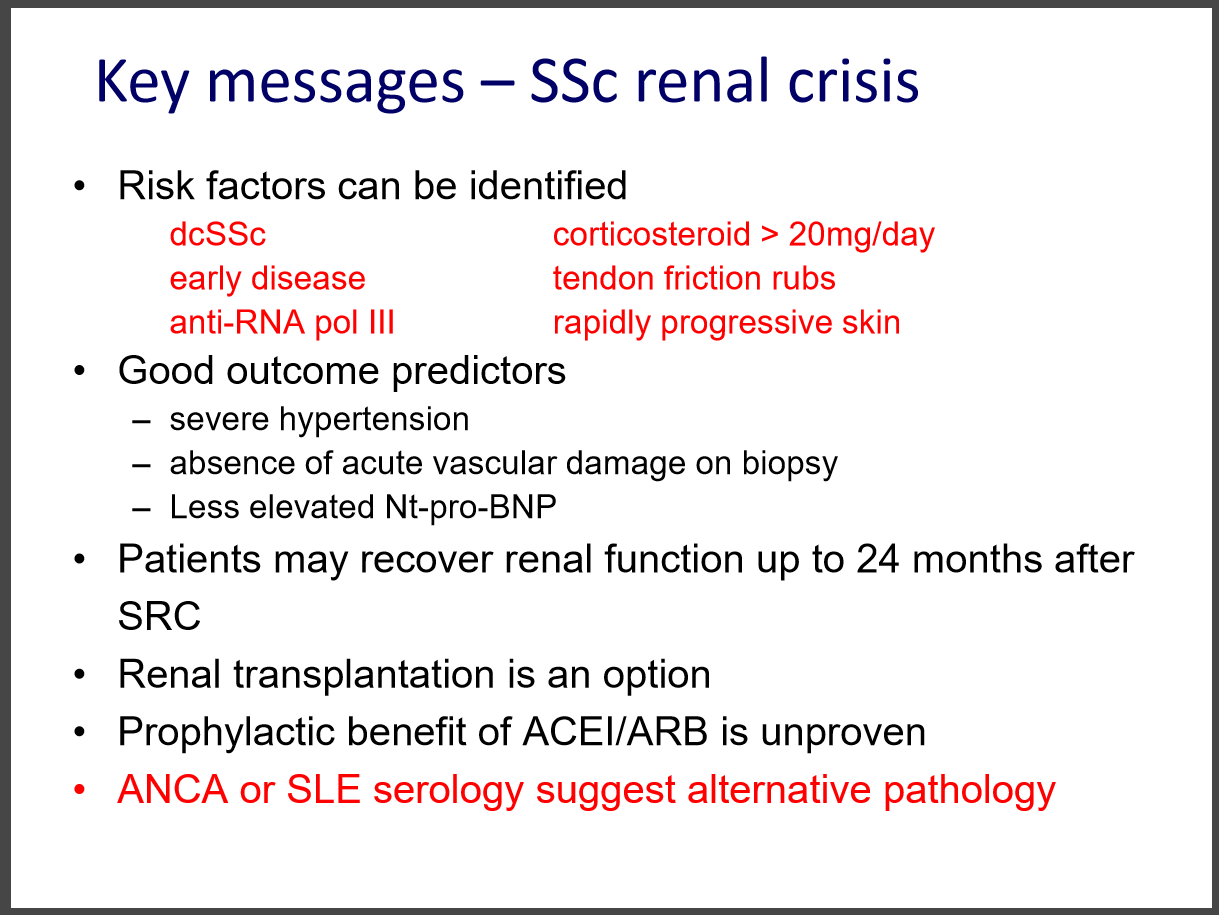

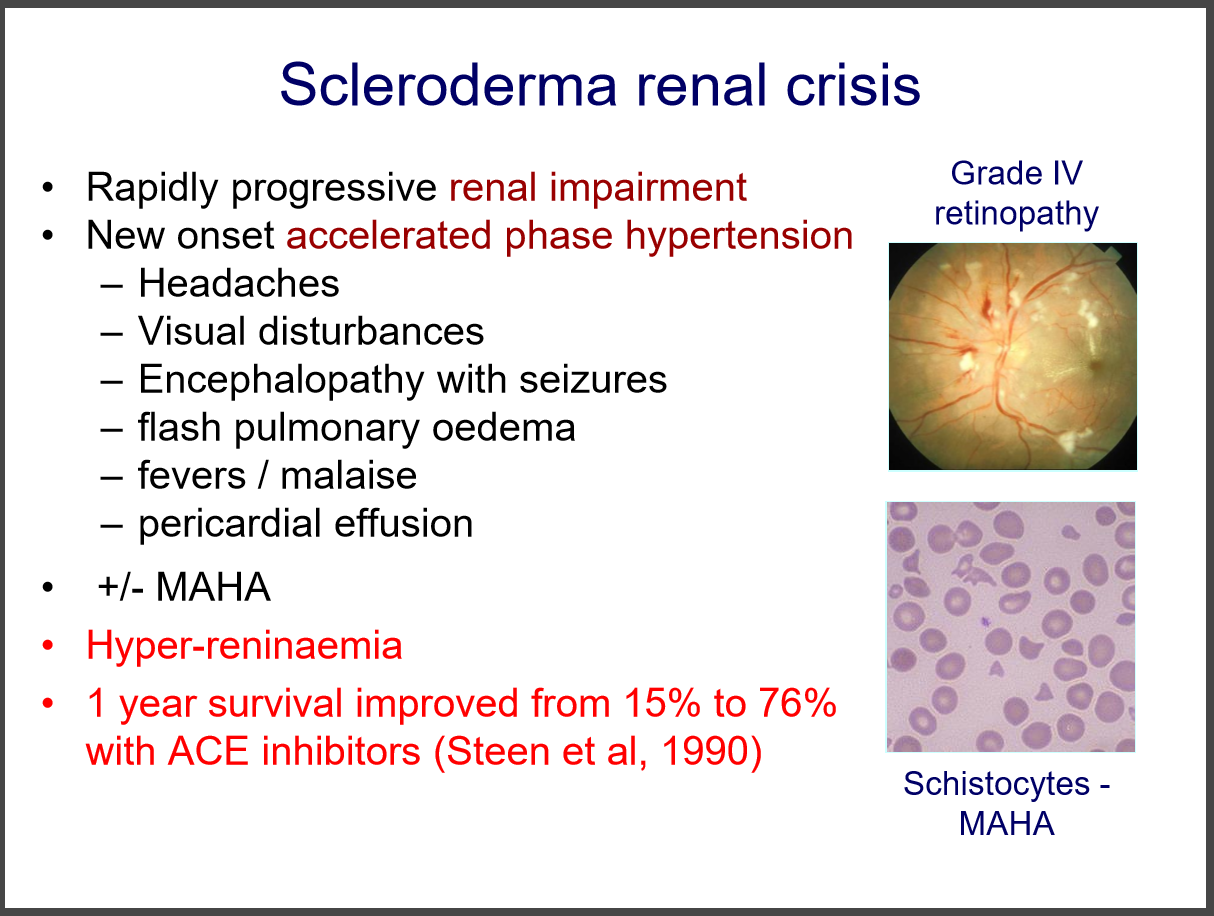



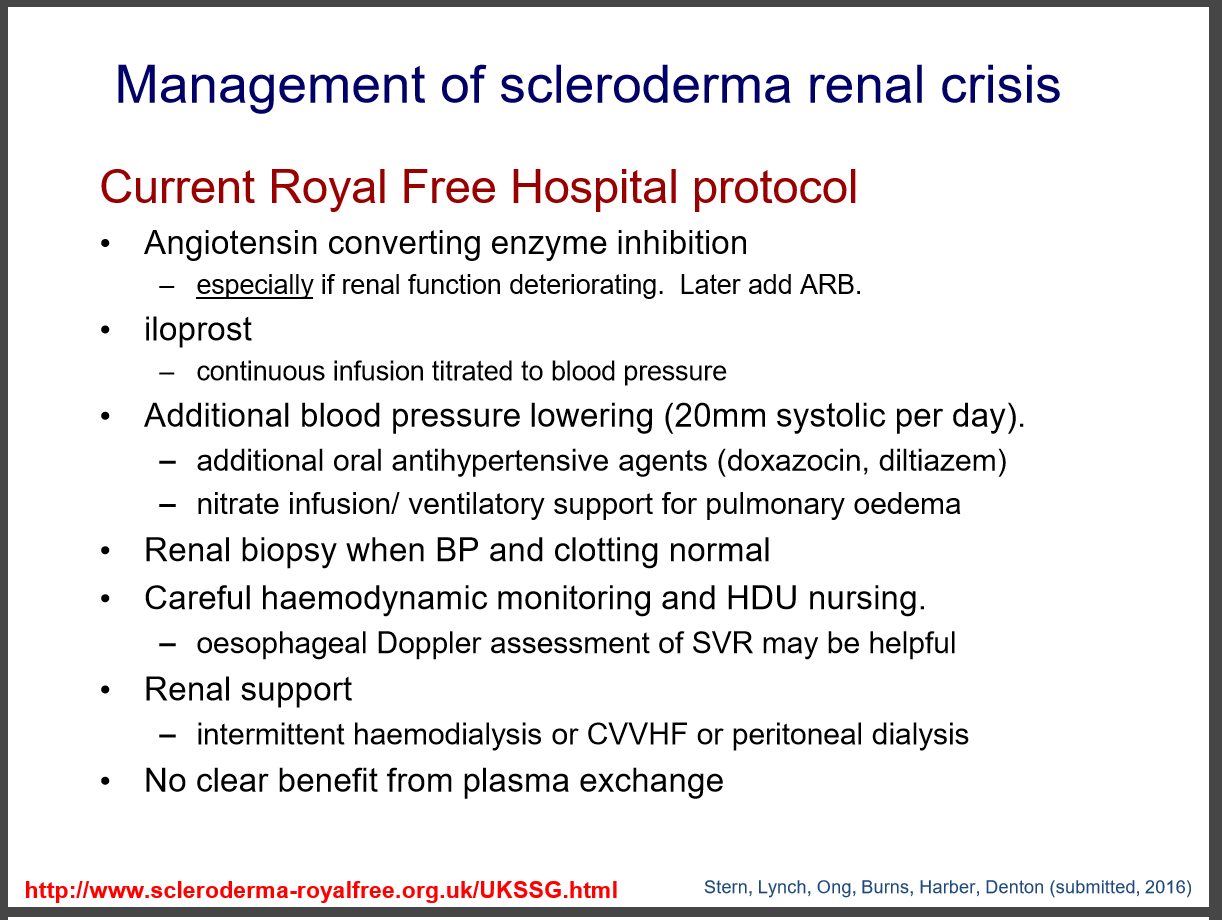
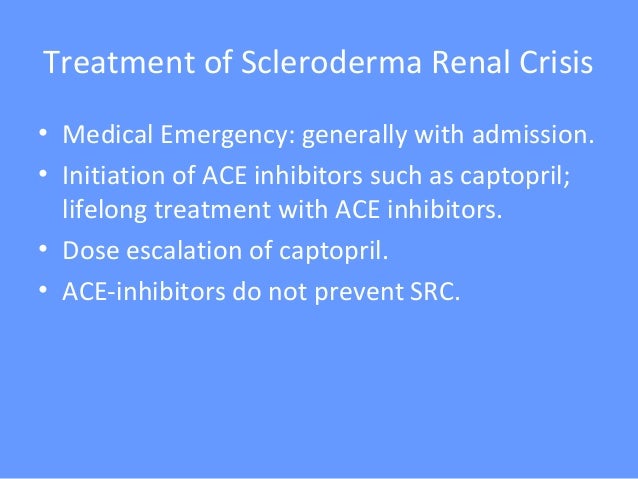
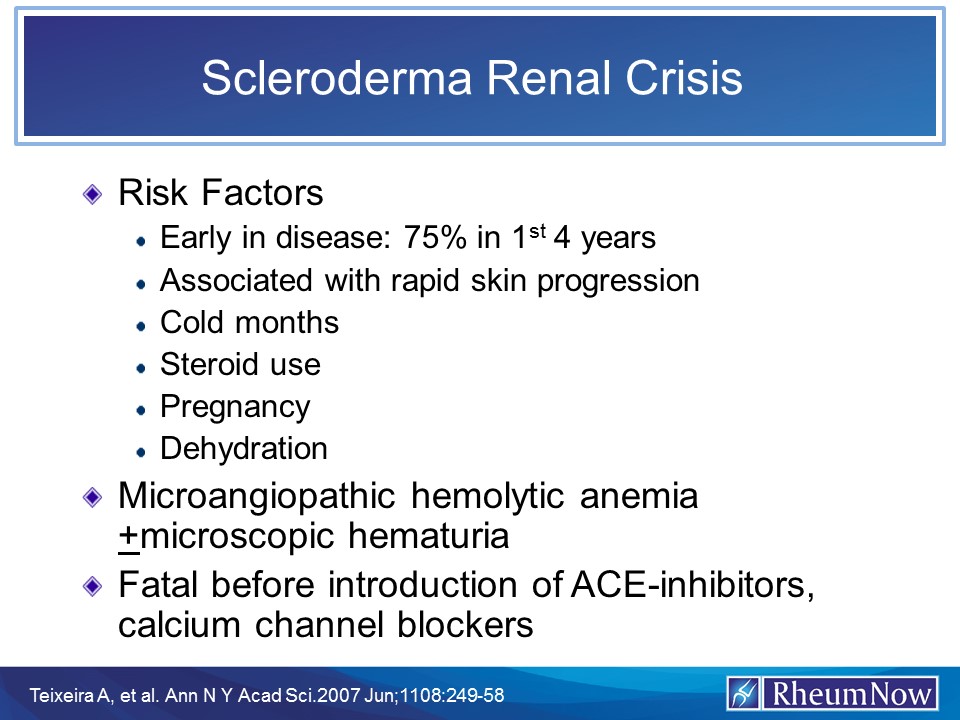












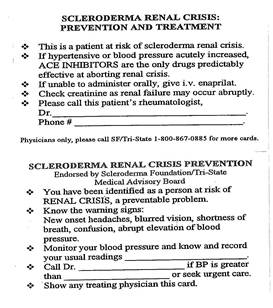




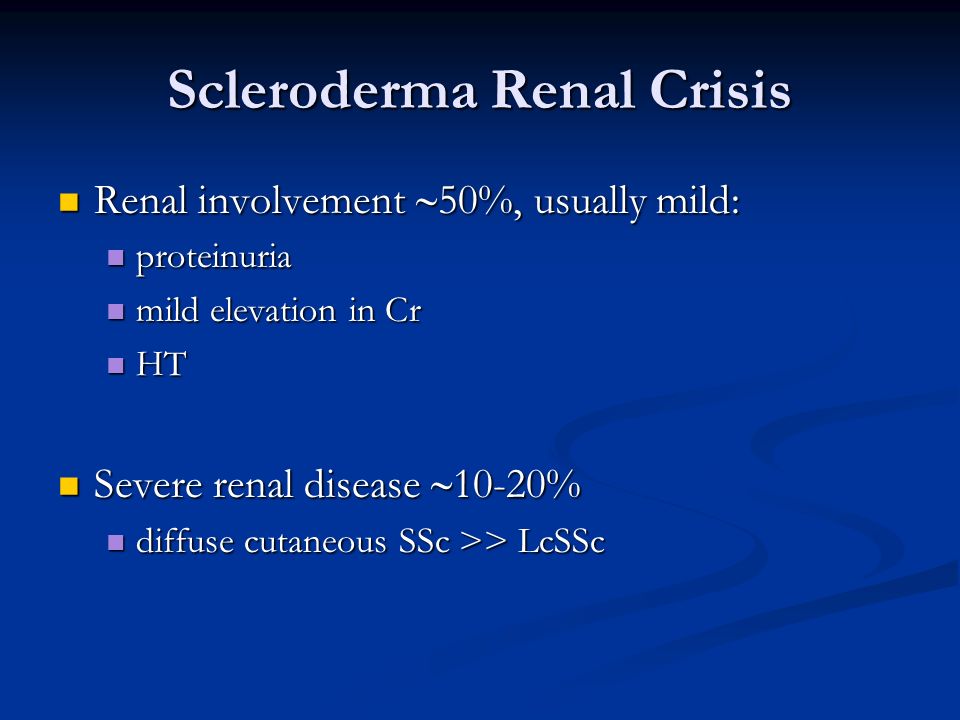





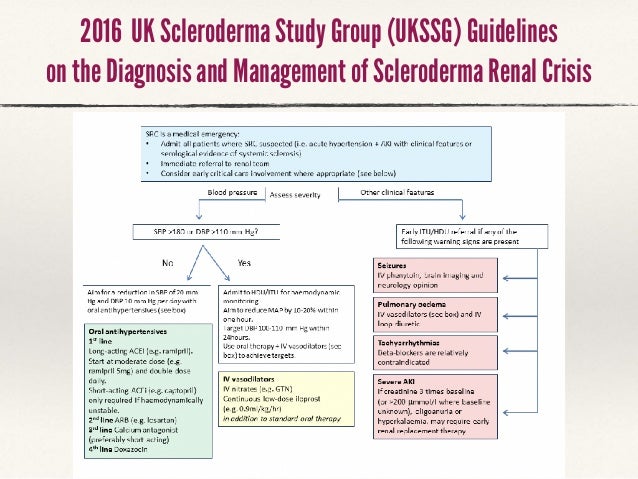




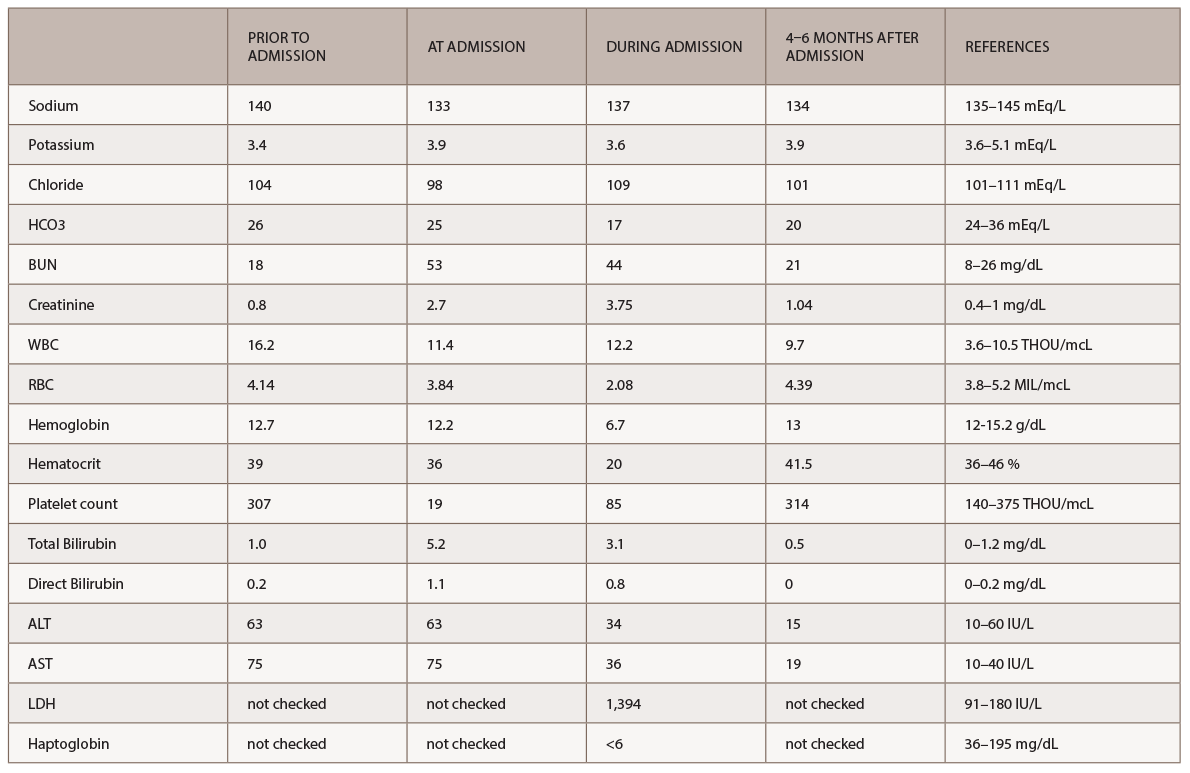

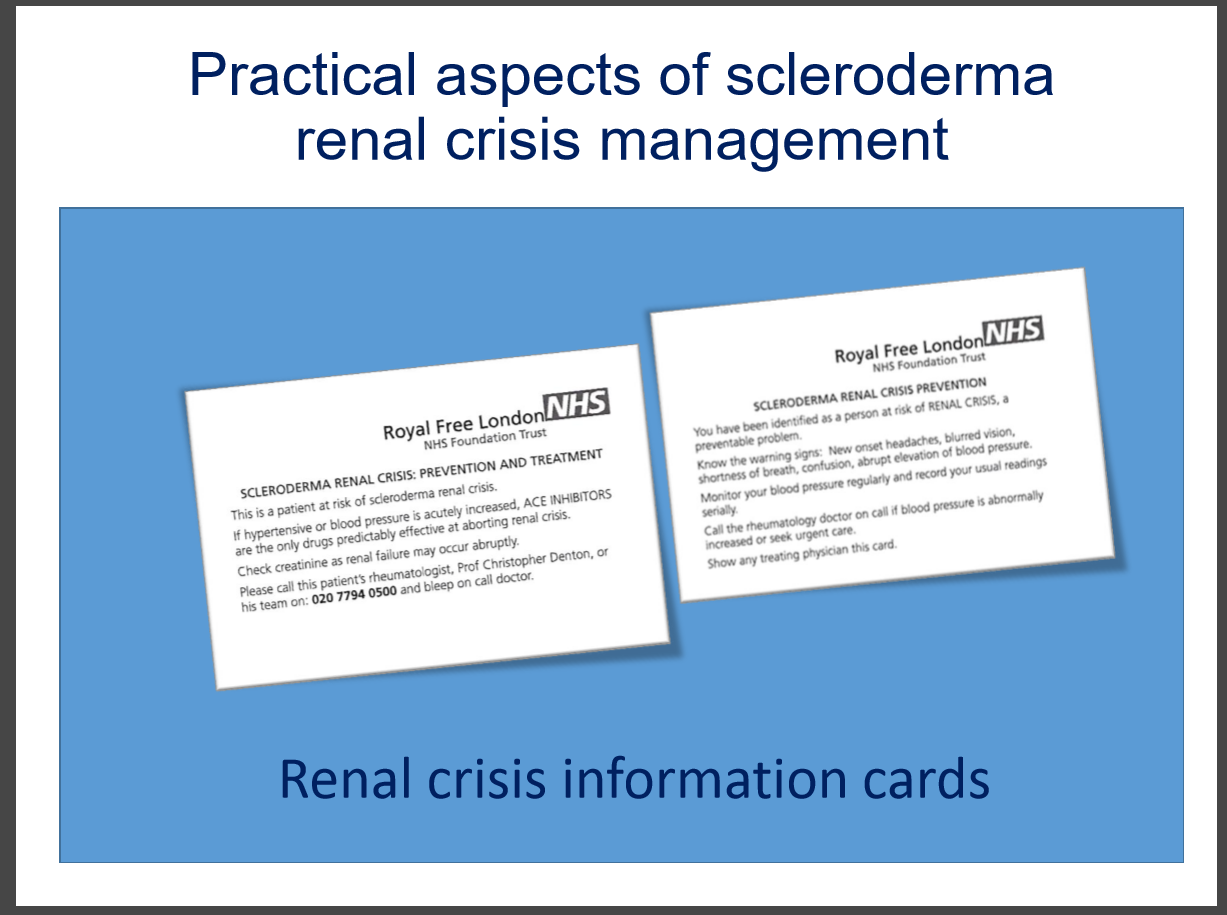
Posting Komentar untuk "Scleroderma Renal Crisis Treatment"